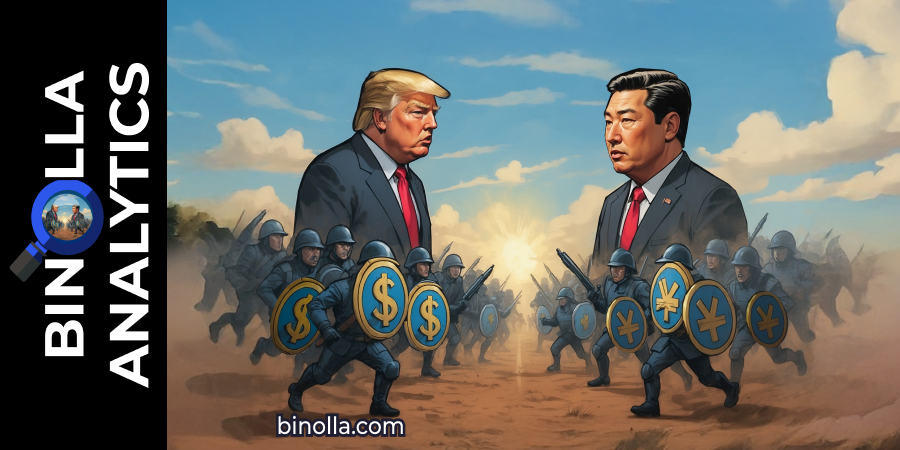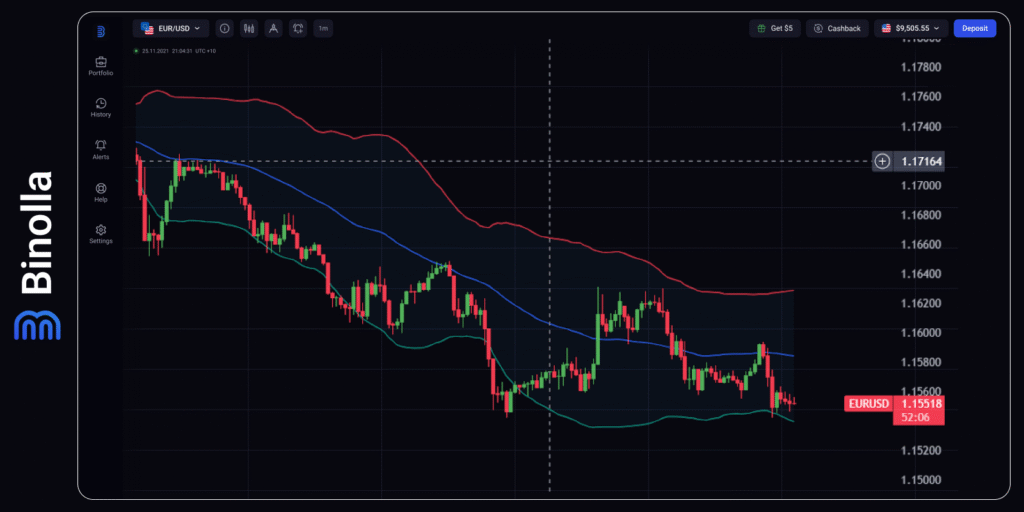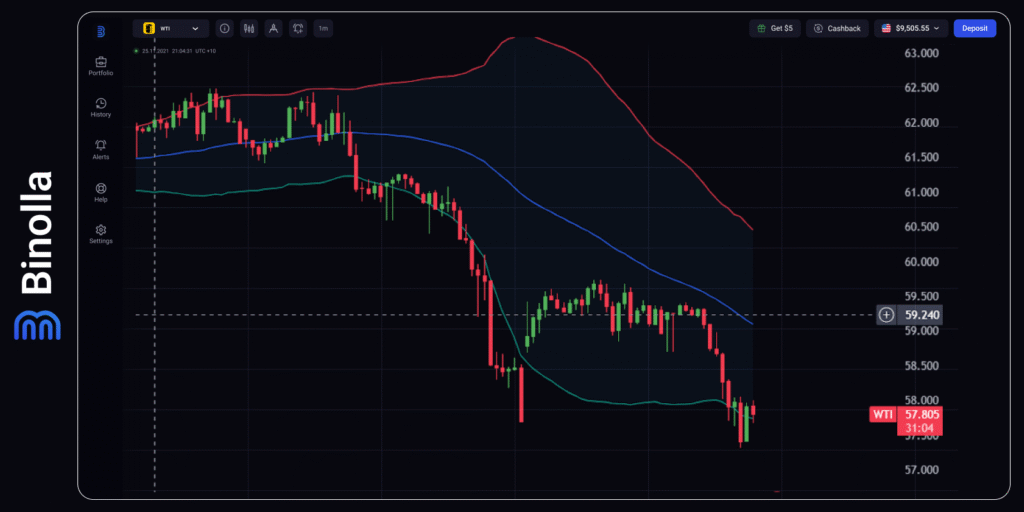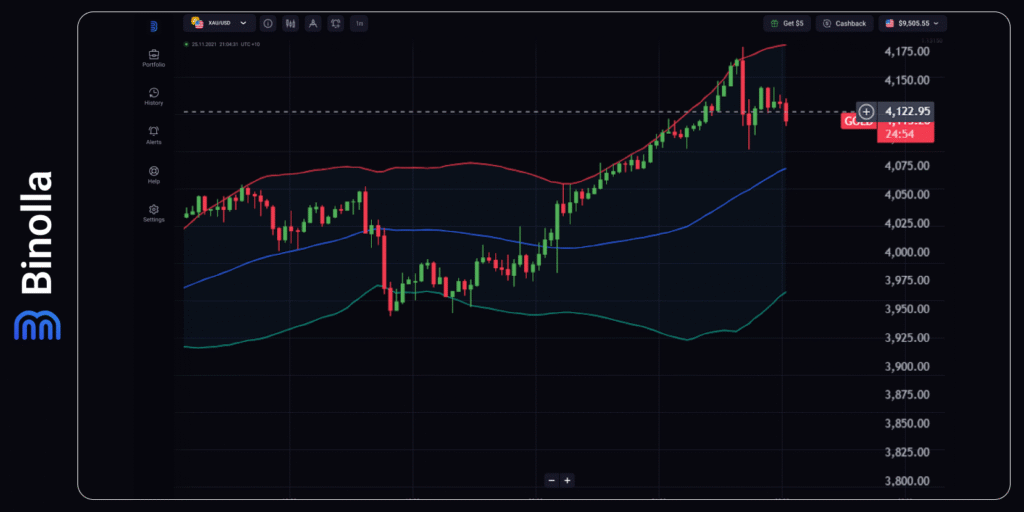US-China Trade Wars: New Escalation Makes Markets Volatile

Global markets started the new week with uncertainty about the US-China trade wars that escalated on Friday as well as the US shutdown and political crisis in France. Donald Trump announced 100% tariffs on Friday on China’s import that will be imposed starting from November 1, 2025 in response to Beijing’s steps. Currently, both sides imposed fees on fleet shipment imports. These steps added to market uncertainty and supported safe-haven assets.
The US government remains shut down for the third week in a row with over 34,000 employees furloughed. Moreover, according to Treasure Secretary Scott Bessent, the damage from the shutdown may be even higher over time. According to the US officials, this could be the largest government shutdown in the history of the United States.
When it comes to France, Emmanuel Macron has reappointed Sébastien Lecornu as Prime Minister. However, France’s fiscal health is in danger with French bond yields surged drastically.
Contents
EUR/USD: French Political Crisis Adds Uncertainty to Euro
The Euro is under pressure due to the ongoing political crisis in France, which is the second largest EU economy. In addition, mixed macro data does not provide due support to EUR/USD with manufacturing sector contracting and services holding steady.
The European Central Bank is in the difficult position. RIsks of recession are combined with elevation inflation. Traders are uncertain about further steps.

The currency pair is trading below the middle line of the Bollinger Bands indicator after testing the lower line. The current support level at 1.1540 prevents EUR/USD from moving lower. Targets below are 1.1500 and 1.1460, while iff the currency pair reounces from the lower band, it may target 1.1590 and 1.1630.
GBP/USD: Pound Reacts to US and Local Developments
The Bank of England is expected to leave the rates without any changes in October and even hold the current policy until the end of 2025, which provides some support to the British pound. However, current US developments together with trade wars between the US and China put pressure on risky assets, which weigh on GBP/USD.

From the technical analysis perspective, the currency pair is trading close to the lower band of the Bollinger Bands indicator and seem to find support there. If GBP/USD manages to stay there and rebound, closest resistance levels will be at 1.3320 and 1.3360. On the downside, if the currency pair breaks below 1.3260, it may target 1.3200 and 1.3180.
WTI: Oil is Caught Between Geopolitics and Supply Pressures
Oil is indecisive this week caught between geopolitical and oversupply risks. The US shutdown as well as political crisis in France weigh on WTI price as the market sentiment is negative. When it comes to supply, the OPEC+ has surprised the markets with a smaller-than-expected production.
Anyway, gains in WTI are capped with global growth concerns. Deescalation in Middle East weigh on the price as well. However, in case of any escalation, the situation will change drastically.

Crude oil is trading close to the lower band of the Bollinger Bands indicator after closing the gap formed on Monday. WTI is testing the local support level. If it breaks below 57.60, the next target will be at 57.00 and 56.50. Onthe upside, WTI may reach 58.90 and 59.30.
Gold is Supported by Negative Market Sentiment and Global Uncertainty
Gold’s rally resumed as it benefits from the risk-off mood and market uncertainty due to the ongoing political crisis in the US and France, as well as trade tensions between Washington and Beijing. When it comes to a possiblity of another rate cut by the Fed this year, it supports gold as such a step may cause inflation growth.

From the technical analysis perspective, gold is moving towards the middle line of the Bollinger Bands indicator due to a downside correction. By breaking below 4,100, gold may continue downside targeting 4,070 and 4,050. On the upside, gold may test 4,170 and 4,200.







